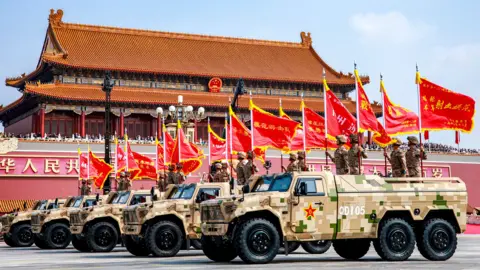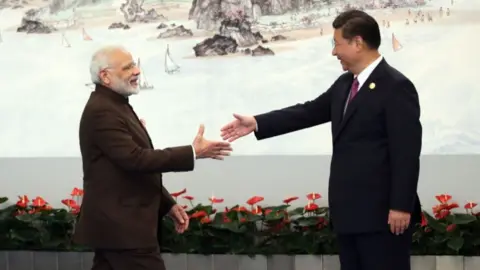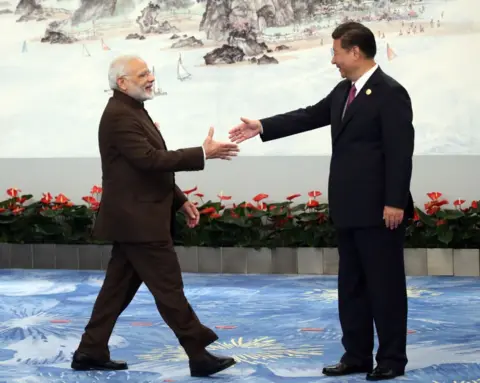In India, a noticeable shift is occurring among the wealthy elite as they actively seek out modern, exclusive private clubs rather than the traditional gymkhanas steeped in colonial history. Historically, these Raj-era establishments served as social retreats for the affluent, offering spaces where business deals could be brokered over cigars and golf games. However, with the rise of a new generation of wealth, a departure from these formalities is being observed.
International club brands such as Soho House are leading the charge, catering to a burgeoning market of young entrepreneurs and self-made millionaires who prefer spaces that reflect contemporary values. The demand for more relaxed and inclusive environments has led Soho House to announce the opening of new locations in Delhi and Mumbai, building on the success of its ocean-facing club in Mumbai that launched six years ago.
Kelly Wardingham, the Asia regional director for Soho House, observed that the preferences of India's young affluent class differ significantly from those of their predecessors. Membership is no longer determined by status or lineage but is based on merit and accomplishments. This has led to clubs that invite a diversity of members, including creators and innovators, providing an avenue for networking and collaboration.
The rise of member-driven spaces is also a response to the limitations faced by traditional gymkhanas, which often have long waiting lists and elitist policies. This contrast is evident in how these new clubs openly embrace members from creative industries, a stark departure from the exclusionary practices of the past. For example, Bollywood actor Ali Fazal's presence in Soho House’s promotional content signifies a welcoming shift towards inclusion.
Furthermore, strict membership requirements for older clubs continue to fuel the interest in new alternatives. Ankit Kansal from Axon Developers reported that while demand is surging, the available supply of traditional gyms hasn't met the needs of a fresh wave of ambitious professionals and entrepreneurs.
This evolving club membership landscape reflects broader changes in India's economic environment, veering away from colonial moorings and celebrating self-made wealth. As the luxury market expands, India's population of high-net-worth individuals is projected to grow rapidly, highlighting a significant business opportunity for establishments targeting the affluent.
Despite the allure of these new clubs, challenges remain. Membership costs at places like Soho House can be prohibitive, with fees reaching 320,000 Indian rupees (approximately $3,700), limiting accessibility for the average individual. Moreover, the rise of this new elite still underscores the widening gap in economic inequality, sparking questions about inclusivity within India's booming luxury market.
In conclusion, as new private members' clubs proliferate in India, they symbolize not only the country's changing economic tides but also reflections of a society in transition. What remains to be seen is how these changes will shape social dynamics as the line between wealth and opportunity continues to evolve.






















